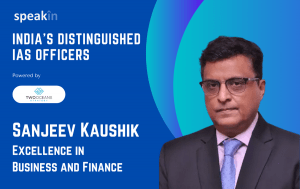Three Common Misconceptions Around The Minimum Viable Product

Today we dispel a few common misconceptions about the MVP.
Misconception 1: Start with a skateboard, end with a car

How Not to DO MVP
You’re all familiar with the image where you from skateboard to the car, as sketched above. This image has been the typical example of a minimum viable product. The basic problem with that image is that each component on that chain is an entirely different product. A skateboard is different from a scooter, which is different from a bicycle, which is different from a motorcycle, different from a car. This is not how you develop a minimum viable product. In my last article, I mentioned that every iteration of your product from iteration one must comply with all functional, legal, and regulatory requirements applicable. The requirements for a car are different from the requirements for a skateboard.
Misconception 2: We only need to meet a portion of overall functional requirements
The keyword to remember is ‘viable’. Your product must fulfill all its basic functional requirements. Keeping this in mind, let’s look at how a minimum viable product must look like, with an all too familiar example; the airline seat.
Most airlines usually have seats in Economy, Premium Economy, Business, and First. Some airlines even have a Residence! If we take a standard economy class seat of any airline, it fulfills all the mandatory regulatory and legal requirements of what an airline seat must do. It also fulfills the requirements (albeit very basic) of seating a passenger for the flight duration safely. Building on this minimum viable product is the other seat variants, such as Premium Economy, Business, First, and Residence.
Misconception 3: Once we deliver the MVP, we have arrived
You certainly have arrived, but not at your destination. You’ve arrived at the starting line. It’s not a drag race, where all you need is to prove yourself over a quarter-mile sprint. Neither is it a 50-75 lap Formula One race. It’s more of an endurance race, like the 24 Hours of Le Mans. The 24 Hours of Le Mans is by far the toughest of the endurance races in modern-day racing. Firstly, it happens over 24 hours, which means you race at different times of the day. It happens in the summer, which means you can have unpredictable weather. The race itself sees cars covering a distance of around 5,000 kilometers. Your product needs to be effective, consistent, efficient, and you need to have a good team of people around your product to arrive truly. Winning once isn’t enough. You need to be able to win consistently and stay at the top. Just like the 24 Hours of Le Man, you win this year’s race, but the next year’s race is a different challenge. So, back to the drawing board.
I hope I’ve helped dispel some common misconceptions around the Minimum Viable Product (MVP). As always, let me summarise this with three points:
- Starting with a skateboard and arriving at a car is a bad example of a minimum viable product
- An appropriate example of a minimum viable product is the airline economy seat
- Building a minimum viable product and an enterprise is an endurance race, like the 24 Hours of Le Mans
In the next post, we look at three essential ingredients to successfully developing a minimum viable product every time.





